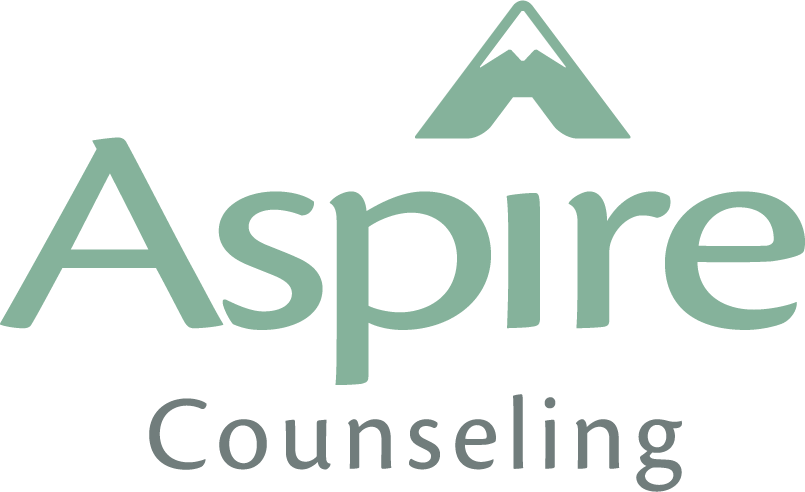What is PTSD?
Post-Traumatic stress disorder (PTSD) is a psychiatric disorder that typically occurs after individuals have been through something traumatic. This trauma maybe when the person has experienced or witnessed an event such as a serious accident, natural disaster, a terrorist act, war/combat, rape, or other violent personal assault. Or it could be a series of stressful situations such as an abusive parent or relationship.
Isn’t PTSD That Thing Combat Veterans Get Sometimes?
It’s important to mention that PTSD is not experienced only by combat veterans, but can occur in all people. According to PTSD United, an estimated 24.4 million people in the United States have PTSD at any given time. That is equal to the total population of Texas.
This misconception that only veterans experience PTSD probably started because a lot of our initial research into PTSD did come from looking at how veterans responded when they returned from combat. In the past, PTSD went by different names. During and right after the years of World War 1, the term “shell shock” was often used. After World War 2, “combat fatigue” was the term that signified a reaction to a high level of stress or trauma.
But the truth is anyone can experience PTSD. Many, many people go through at least one thing in their life that is so stressful it counts as being “traumatic.” Then a portion of those will go on to develop PTSD. So, some people have PTSD after serving in the armed forces, but it’s just as likely a person has PTSD from growing up in an abusive home, from a sexual assault at work, a house fire, or a really bad car wreck.
What is it Like to Have PTSD?
Sufferers of PTSD continue to have intense and disturbing thoughts and feelings regarding the traumatic experiencing. Though the event itself may have taken place weeks, months, or even years ago, the thoughts and feelings are fresh in the person’s mind. They may relive events through flashbacks or nightmares. People who have PTSD often tell me they feel stuck-like the stressful event is holding them back so they just can't move forward.
Often individuals feel isolated and detached from other people, and take great measures to avoid situations that may remind them of the traumatic event. They may even have strong, negative reactions to ordinary experiences that involve noises or an accidental touch.
Symptoms of PTSD
While everyone's PTSD looks a little bit different, symptoms of PTSD generally fall into four categories and can vary in severity.
Intrusive, Unwanted Thoughts
Intrusive thoughts can take many forms: involuntary memories, nightmares, and flashbacks are commonly experienced by those with PTSD. These thoughts can be so completely vivid that the individual fully believes they are reliving the traumatic experience at the moment.
Avoiding Situations & Reminders
Avoiding any and all reminders of the traumatic event typically requires the individual to avoid people, places, activities, and situations that can bring on disturbing memories and thoughts. Individuals may also avoid conversations about the experience and lash out at those who ask if they want to talk about it.
Distorted Beliefs & Negative Thoughts
It is common for those with PTSD to have distorted thoughts and beliefs about themselves or others, ongoing fear, anger, guilt, or shame. These thoughts can look like, “I am a bad person,” “I can’t trust anyone,” or “I should have died, not her.” As a result of these distortions, individuals often have less interest in activities they once enjoyed and also begin to feel detached or estranged from loving others.
Uncharacteristic or Unsafe Behavior
Reactive behavior associated with PTSD can include having angry outbursts, becoming easily irritable, behaving recklessly or in a self-destructive way, being easily startled, or having problems concentrating or sleeping.
But do I have PTSD?
First of all, it's important to state that a simple blog post can't "diagnose" PTSD or any other specific mental health condition. However, if some of these things sound like they fit (especially if it's been a while since the traumatic event), you are likely experiencing some impact of whatever traumatic experience you had and you may have PTSD.
Many people who experience a traumatic event may experience symptoms like these in the days following the event. However, people with PTSD will experience these symptoms for months and even years. PTSD often occurs with other related conditions, such as depression, substance use, memory problems, and other physical and mental health problems.
The good news is that PTSD CAN improve. If this sounds familiar, I strongly encourage you to reach out to a trauma therapist today. You really want to find someone who specializes in treating PTSD and who you feel comfortable with, but you truly can get to feeling better.
Begin PTSD Treatment in Mid Missouri
If you or someone you know is living with PTSD and is interested in exploring treatment, please contact Aspire Counseling today. Whether you are a veteran who faced active combat, someone who witnessed the death of a loved one, a rape survivor, or was sexually assaulted-healing is possible. We are a Columbia, MO Counseling Practice that specializes in treating PTSD and helping people find healing so they can move forward after experiencing terrifying or life-changing traumatic events. You can learn more about the types of trauma treatment we offer to help you find relief from your PTSD symptoms here. You can read a little about each Aspire Counseling therapist on our website (including watching a video about their approach), and our intake coordinator would love to talk to you about which therapist would be the right fit for you!
More Information About PTSD & Trauma:
Self Care for Survivors of Abuse
Signs of College Student has PTSD



